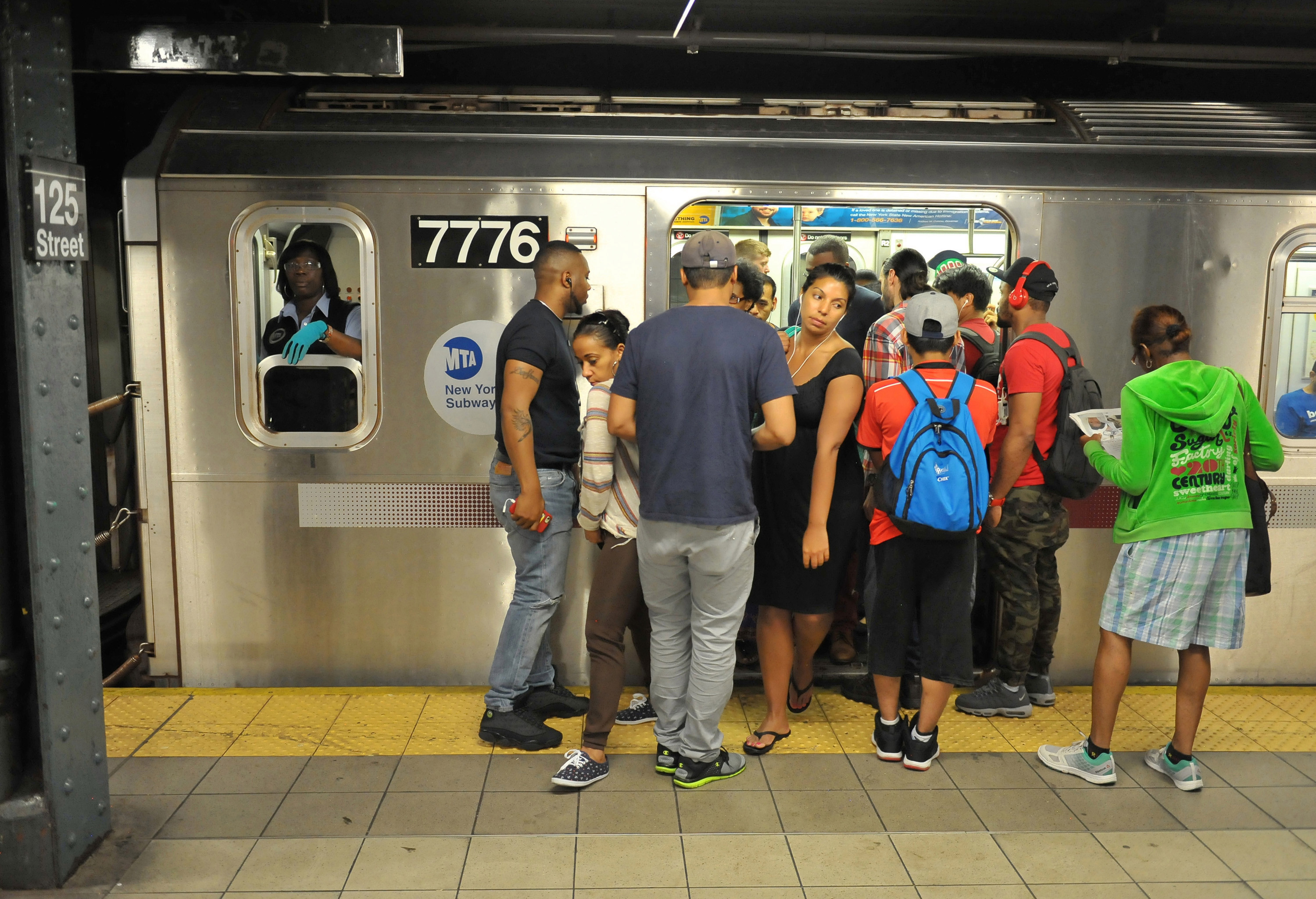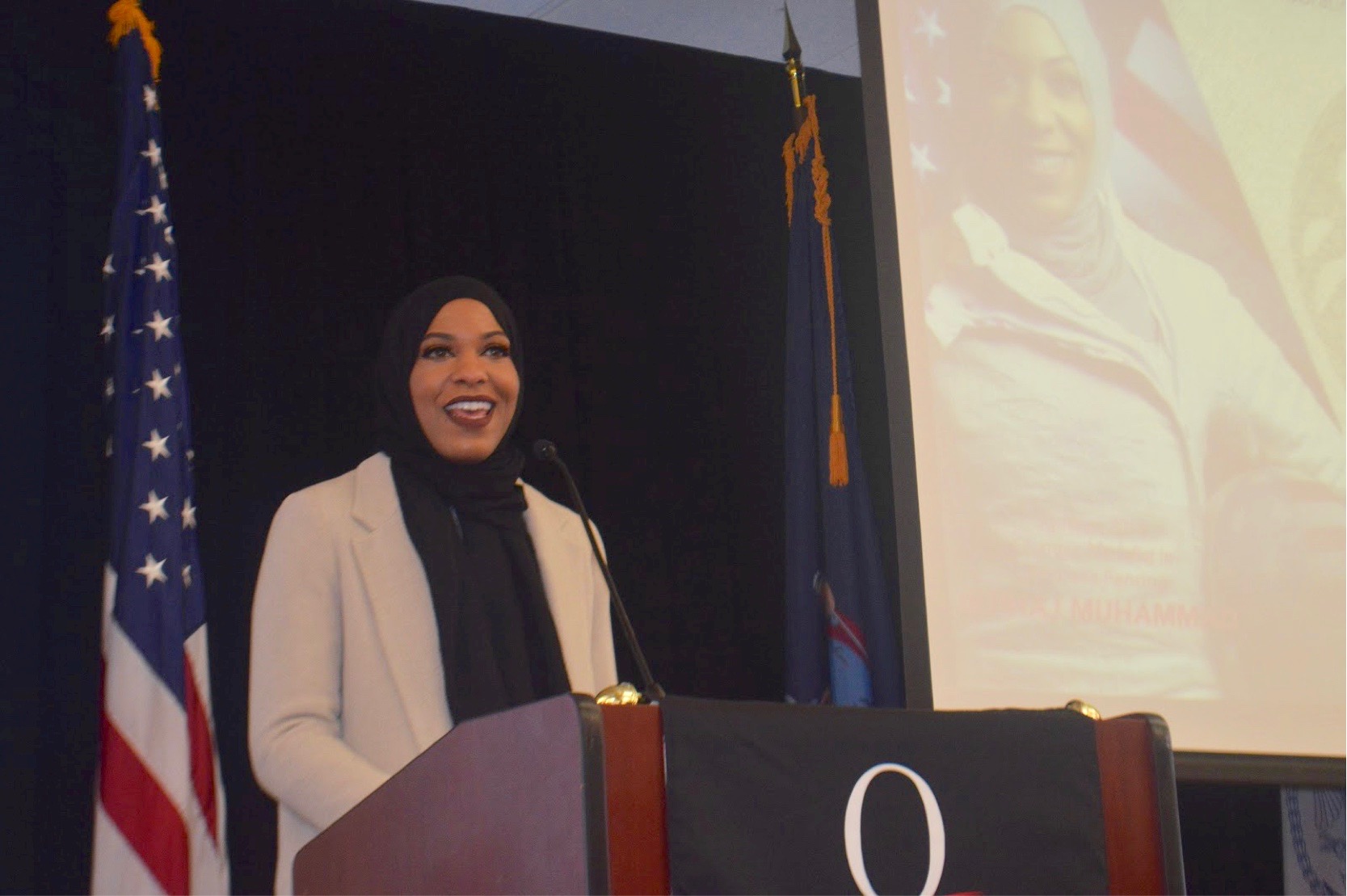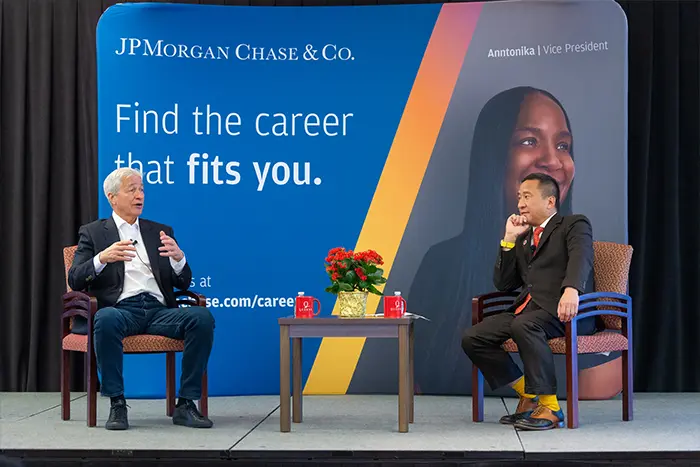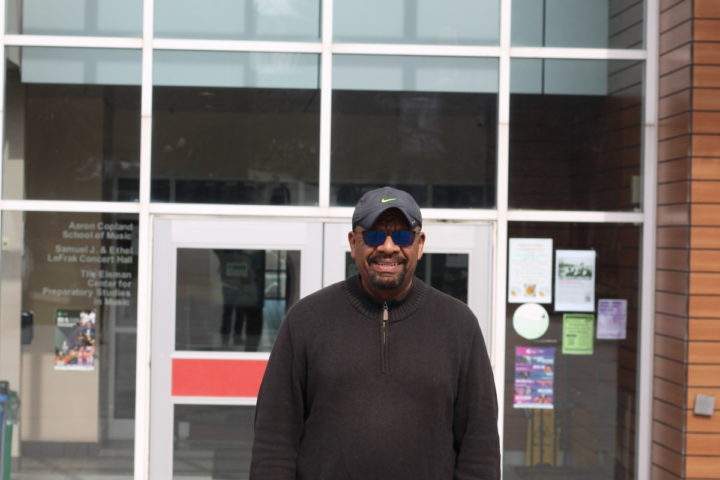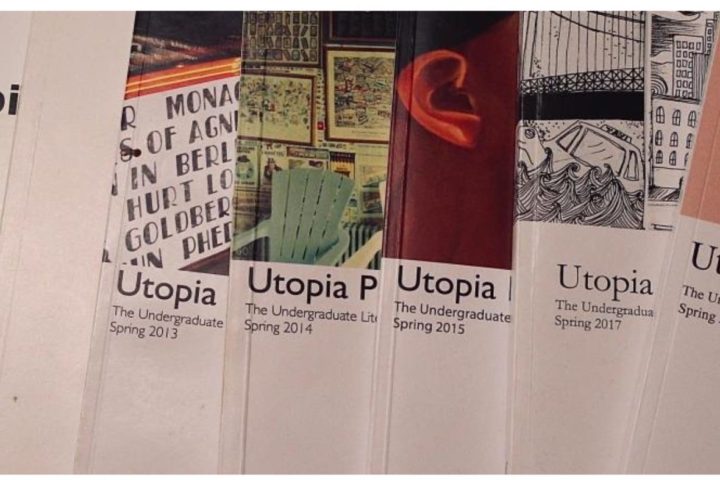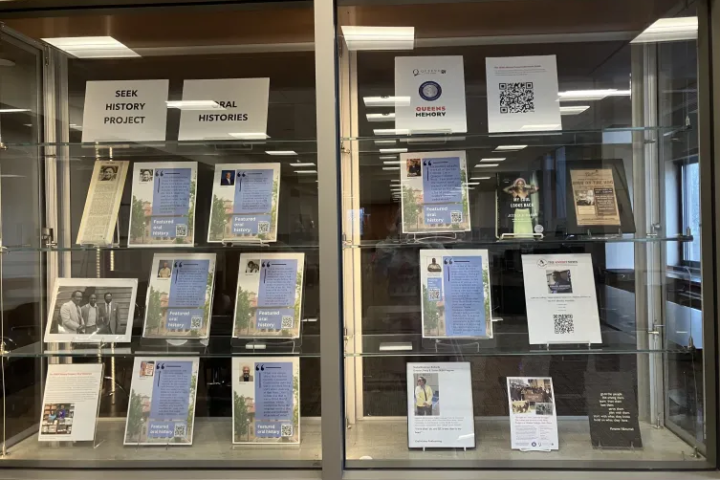The MTA increased subway and bus fares by a quarter on March 22, making the per-ride cost rise to $2.75.
The Queens College campus, located in one of the most diverse boroughs of New York, is a well-known commuter school where thousands of students rely on the MTA for transportation.
Students, in general, were unhappy about the fare increase.
“I’m mad about it. I don’t have enough money to pay that much for a MetroCard. I barely make $300 in two weeks and I have so many other expenses.” Malala Khan, a sophomore, said.
QC student Krislee Acevedo was also frustrated by the increase.
“I hate it and I buy weekly tickets because that’s what I could afford,” Acevedo says. “Now I have to work extra hours to even afford it because the new weekly tickets are $82.24. Extra hours means less studying time. It’s also annoying how CUNY doesn’t have discounts for these tickets.”
The MTA’s budget plan of 2013 said their annual revenue is more than five billion dollars, leaving many to wonder why there haven’t been significant improvements despite the increases.
In 2015 alone, incidents and delays have already piled up. On their Alert Archive website, the MTA lists circumstances where trains and buses were delayed. Some reasons listed were “equipment trouble,” “police activity” and “track work.”
For decades, the MTA service has been beneficial to many students, but a pattern has emerged with fares increasing while the quality of service is decreasing.
“I think it’s ridiculous that it’s so expensive. Especially for the quality of the bus rides, the buses never come on time,” Michal Katz, junior said
QC students are not the only ones curious about where the MTA inputs its revenue.
Rick Davis is one of many dispatchers of the Q88 bus. He worked for transit for more than 17 years and said the MTA needs the money to improve infrastructure.
“Potholes are visible and the fuel is up along with the cost of living,” Davis said. “The money goes to infrastructure of the upkeep of the buses and trains.”
Davis said he, as a dispatcher, does not receive the money, but the MTA does.
“All I know about is as bus drivers, what we get paid and what we deal with. We only see what we see when our contracts come up. We even have to negotiate those, we don’t even know what MTA may have or may not have. We need better buses in order for the drivers to continue to work in greater conditions,” said Davis.
In 1904, a single ride cost five cents. However, in the past 111 years, the MTA increased over the fare 15 times and may continue to do so in future years.







